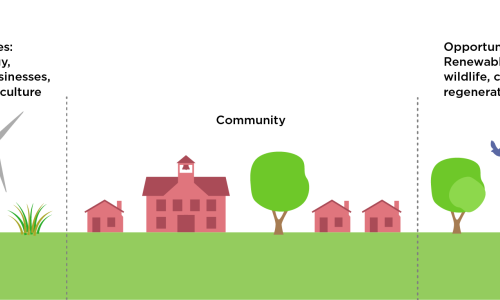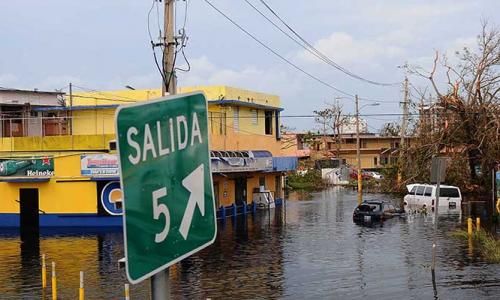California's San Joaquin Valley is undergoing a land transition to address persistent and dramatic groundwater depletion caused by irrigated agriculture.
Achieving groundwater sustainability may require transitioning up to 1 million acres of irrigated agriculture to different land uses. A just land transition ensures equitable benefits for farmers, farmworker communities, and frontline communities, fostering stronger local economies and climate resilience planning. To inform this policy brief, UCS partnered with academic, agriculture, environmental justice, governmental, and philanthropic organizations to identify guiding principles and the short- and long-term steps California must take to secure a just land transition future.




